In today's fast-paced digital landscape, migrating to the cloud has become a crucial step for businesses eager to enhance their operational efficiency and scalability. Crafting a solid cloud migration strategy not only ensures a seamless transition but also maximizes the benefits of cloud computing. It's all about aligning your organization's specific needs with the right cloud solutions, while minimizing risks and disruptions. Ready to dive deeper into building a robust migration plan? Let's explore the key components together!
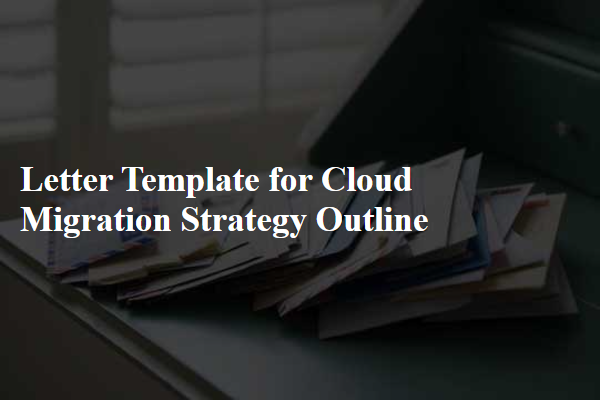
Executive Summary: Goals, benefits, and high-level overview.
Cloud migration involves transferring data, applications, and services from on-premises infrastructure to cloud environments, such as Amazon Web Services (AWS), Microsoft Azure, or Google Cloud Platform. Objectives include enhancing operational efficiency, reducing IT costs, and increasing scalability. Benefits encompass improved performance, real-time data accessibility, and boosted collaboration among employees, particularly in geographically dispersed teams. High-level overview details key phases like assessment of existing infrastructure, selection of suitable cloud models (public, private, or hybrid), and meticulous planning to minimize downtime. Strategic governance frameworks ensure compliance with industry standards and security protocols throughout the migration process, fostering a seamless transition to cloud solutions.
Assessment & Planning: Current infrastructure analysis, requirements, and planning.
Assessment and planning for cloud migration involves a comprehensive analysis of the current infrastructure, including servers, applications, and data storage systems. Organizations may utilize various tools like AWS Migration Hub for assessing compatibility and mapping dependencies. Detailed inventory of existing hardware, network capabilities, and compliance requirements should be recorded. Identification of workloads suitable for migration is essential, often considering factors like scalability needs and potential cost savings. Additionally, establishing clear migration objectives, such as improving operational efficiency or enhancing system performance, will guide the planning phase. Risk assessment methodologies should be employed to identify potential challenges and mitigation strategies, ensuring a smooth transition to cloud environments like AWS, Azure, or Google Cloud.
Migration Approach: Methodologies, tools, and phased roadmap.
Cloud migration strategies involve comprehensive planning to transition data and applications to cloud environments, such as Amazon Web Services (AWS) and Microsoft Azure. Key methodologies include the rehost approach, often referred to as "lift and shift," that enables organizations to move applications without modification. Alternatively, replatforming allows for some adjustments to optimize cloud performance. Tools like AWS Migration Hub assist in tracking migration progress across multiple services, while Azure Migrate provides comprehensive assessment capabilities. A phased roadmap is vital; beginning with an assessment phase (lasting approximately 2-4 weeks), companies can analyze their existing infrastructure, followed by a planning phase (2-3 weeks) to identify key applications for migration. The execution phase can span several months, with live migrations happening in waves, ensuring minimal downtime. Finally, a review phase occurs post-migration to evaluate performance and optimize resource use, ensuring alignment with business goals.
Security & Compliance: Data protection, regulatory compliance, and risk management.
In cloud migration strategies, security and compliance remain paramount, particularly concerning data protection standards such as GDPR (General Data Protection Regulation) and HIPAA (Health Insurance Portability and Accountability Act). Organizations must implement encryption measures for sensitive data both at rest and in transit, utilizing protocols like AES-256 (Advanced Encryption Standard) to safeguard information. Regular risk assessments should be conducted to identify vulnerabilities, with established frameworks such as NIST (National Institute of Standards and Technology) providing guidelines for robust security controls. Moreover, ensuring compliance with industry-specific regulations involves continuous monitoring, allowing organizations to adhere to evolving legal requirements while maintaining data integrity and availability. This proactive approach to risk management helps organizations mitigate potential breaches, protect personal information, and maintain stakeholder trust in their cloud operations.
Monitoring & Optimization: Performance tracking, cost management, and ongoing improvements.
Effective monitoring and optimization strategies are crucial for cloud migration projects to ensure successful performance tracking, cost management, and ongoing improvements. Continuous performance tracking helps to identify system bottlenecks, utilizing tools such as Amazon CloudWatch and Azure Monitor, which provide real-time data analytics to assess application performance metrics. Cost management becomes essential, particularly with services like Google Cloud's Billing Reports, which enable organizations to analyze spend patterns and optimize resource allocation, thus preventing budget overruns. Ongoing improvements involve regularly scheduled reviews and updates, employing methodologies like Agile or DevOps, to adapt to evolving business needs, enhance application efficiency, and implement best practices for security, scalability, and user experience in the cloud environment.


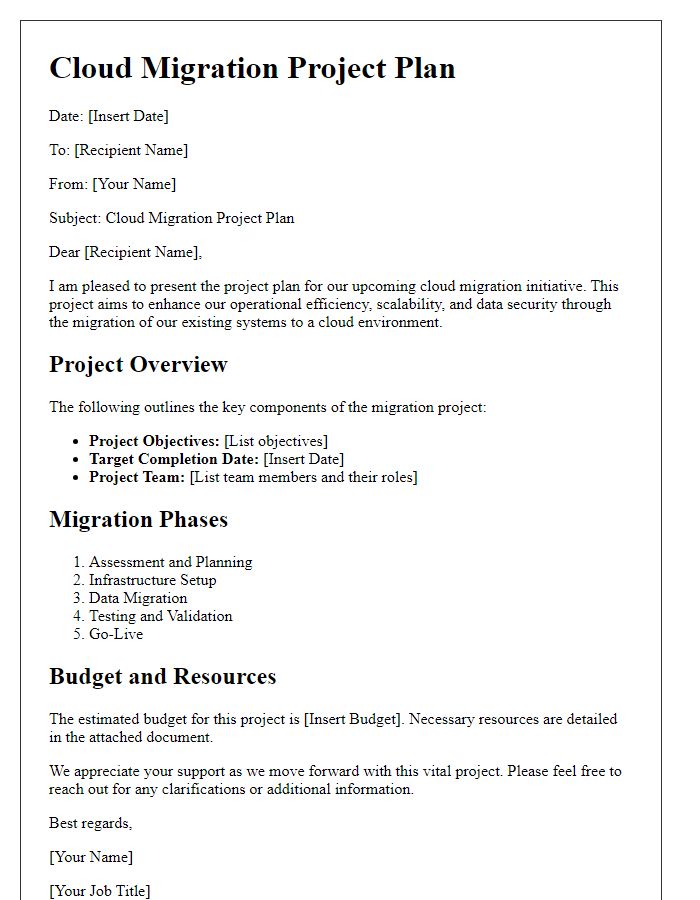
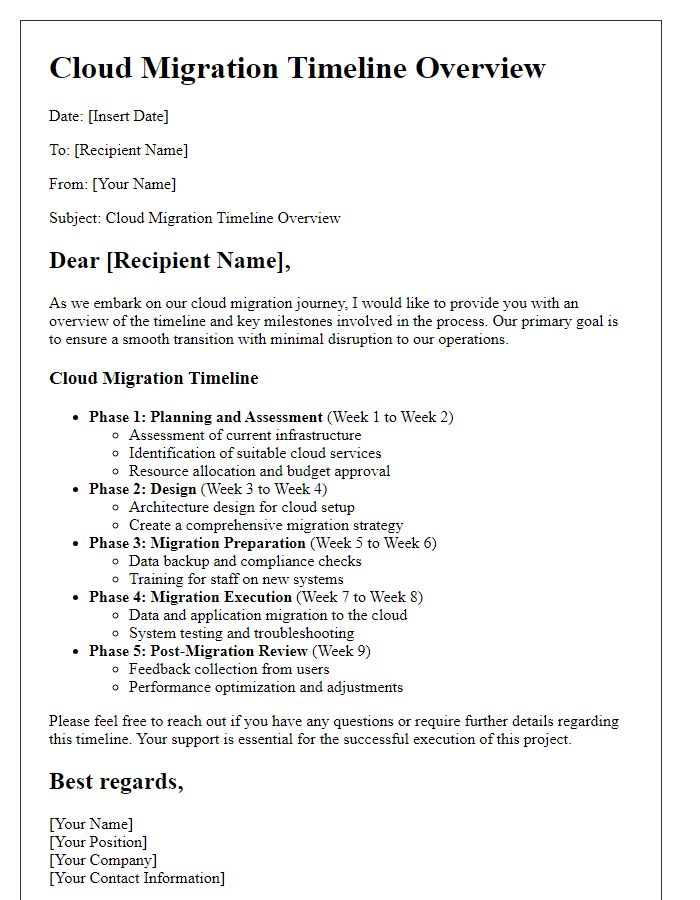
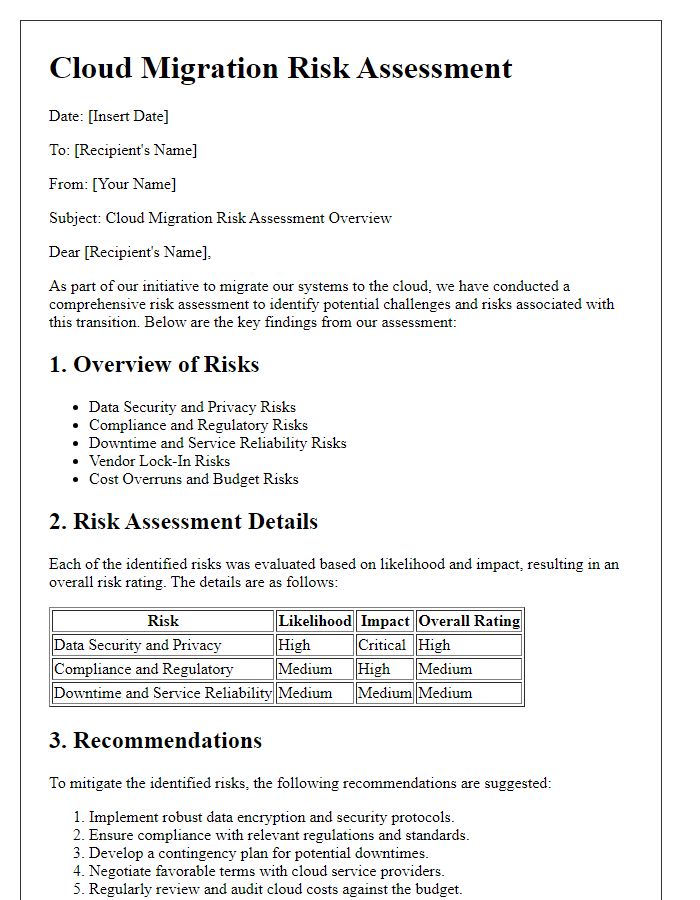
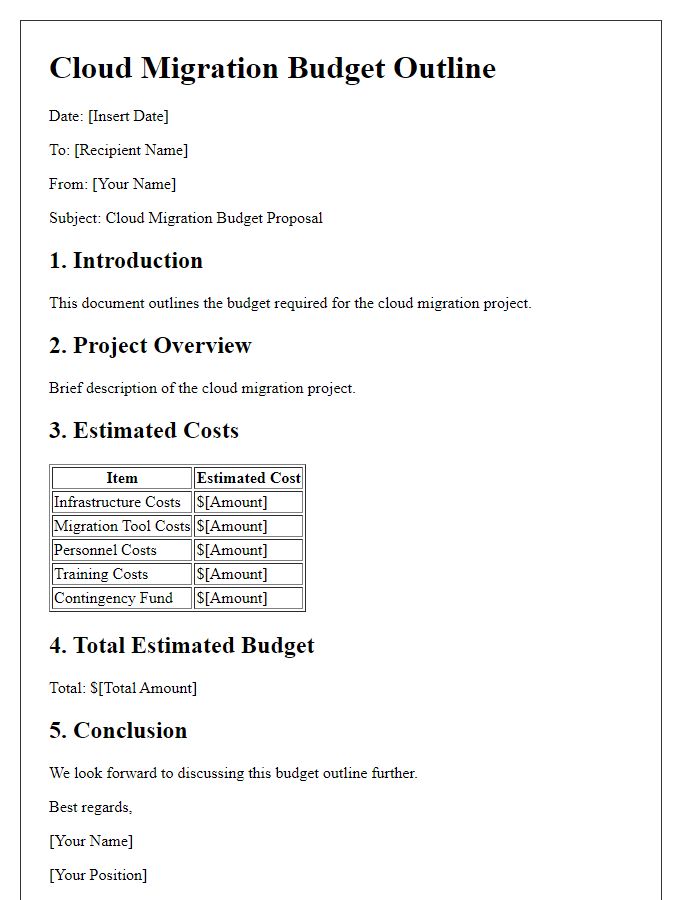

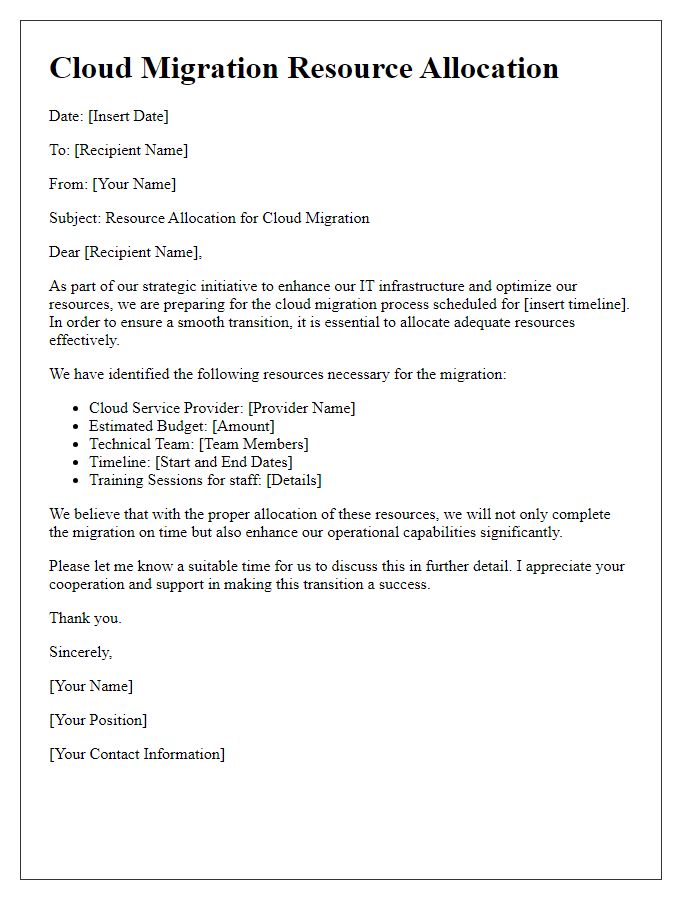
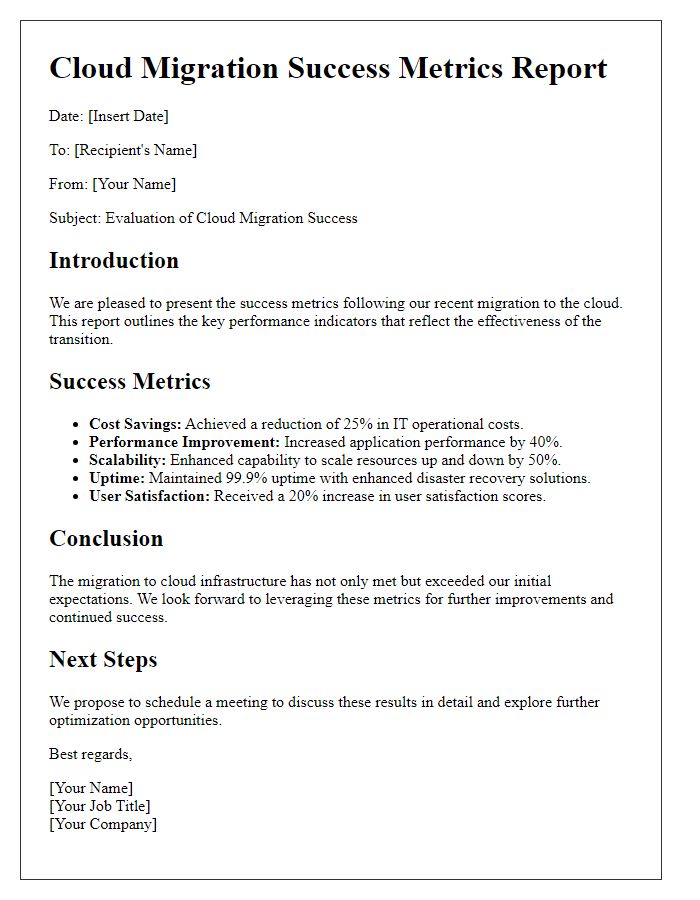

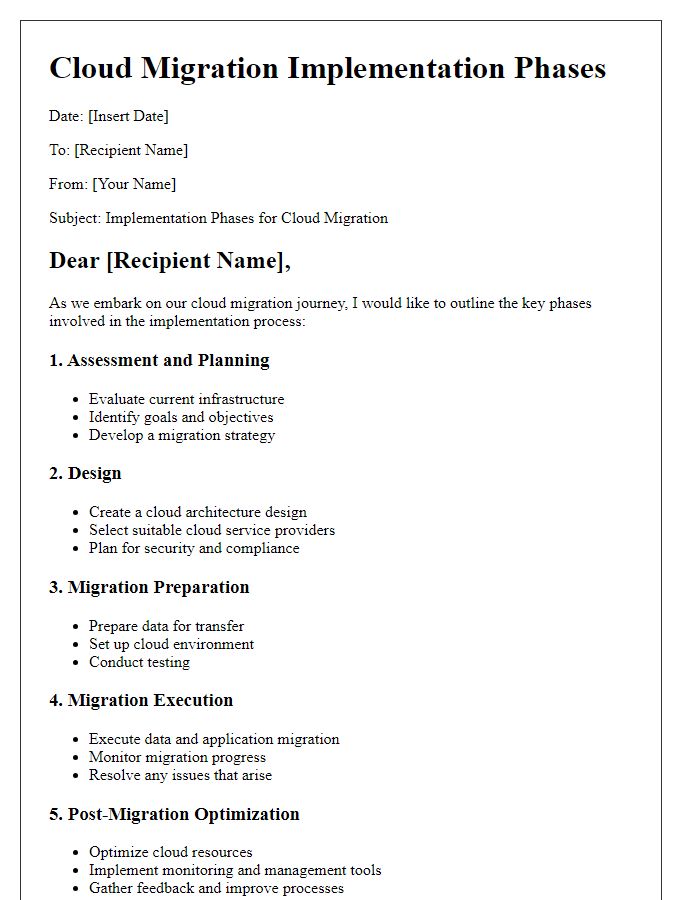

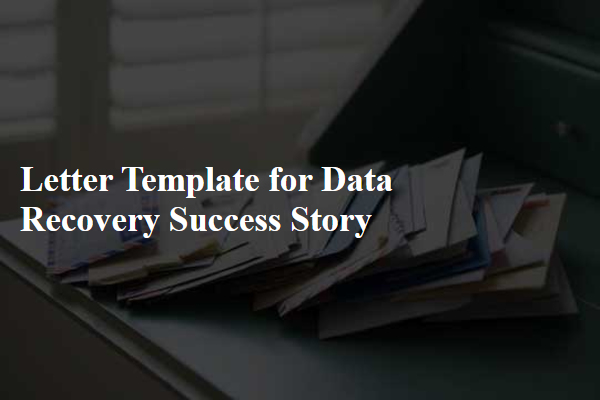
Comments